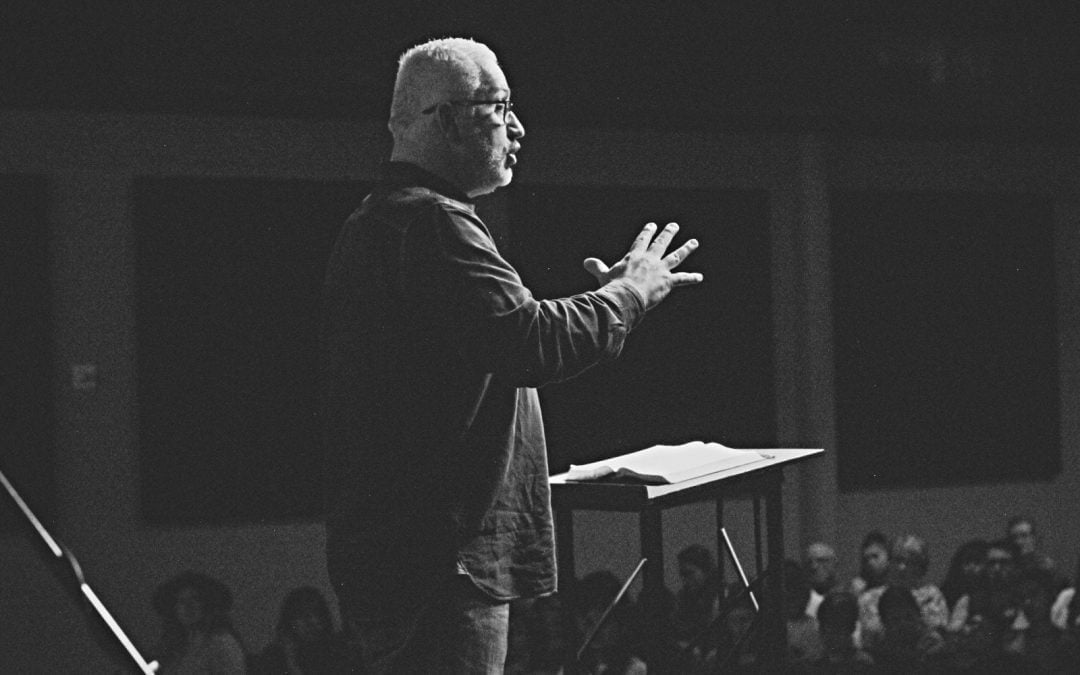I have attended a number of workshops in recent weeks that focused on learning and teaching in higher education (not what they were called but what they were).
Since the time I first got a chance to do a post-graduate certificate in teaching and learning at the University of the West of Scotland right through to my master of education in enhanced educational practice, I have quite simply wanted to become a better theological educator.
This has meant not merely enhancing my subject knowledge but learning about what it means to be a good teacher. By good teacher, I mean one who facilitates good learning.
In one of the workshops, we discussed some statistics that show that a good and fluent presentation may increase the confidence of learners but does not necessarily, in fact, enhance the amount of their learning.
Technically, this relates to good presentations creating something called the “illusion of fluency.”
To simplify, if the students find the content easy because it is well presented, then they may not, in fact, go through the process required for them to learn it for themselves.
Now, I have some issues related to the measure of “learning” in the research, but I am happy to park the bus on the spot that a good and fluent presentation does not necessarily facilitate greater learning at least at the level of retention and retrieval.
I struggled with some of this because it conflicts at least with other research I am aware of related to public speaking and communication.
Such research highlights the importance of a good presentation in order to encourage confidence in the product and the presenter and lead to positive decisions.
I found some resolution when I realized that the difference in the data related in part to the different purposes of the presentations.
For example, in sales, the goal is not necessarily learning but convincing people then and there of the benefits of a product rather than facilitating retention and retrieval for ongoing development and critical thinking.
Different forms of public presentations have different purposes and the nature of the presentation has to be suited to the nature of the purpose.
I often hear people talk about preaching as teaching. Of course, this is good if it stimulates people to give good and informed and clear sermons.
I still think clear is better than chaotic, entertaining better than boring, informed better than ignorant, and interesting better than dull. I will settle for “delight” (Augustine) rather than pain.
Yet, such sermons, even if well presented, may not be the best approach to “teaching” if learning is the goal, and educationalists know anything about what sort of presentations facilitate learning.
In response to the above, while I think every sermon needs to have good content, I do not think the only purpose of a sermon is “teaching.”
Rather, sermons can have a variety of purposes, including that people may do something or experience something or believe something rather than primarily “learn” something.
In turn, I think those of us who preach to “teach” need to give a bit more attention to the sort of presentations that will facilitate such and be open to have our “teaching” sermons evaluated on the basis of the learning, which does or does not take place and not on the form of our presentation.
If we claim it, we need to be ready to analyze, evaluate and enhance it rather than hide behind some claimed status.
Editor’s note: A version of this article first appeared on Blythe’s blog, Politurgy. It is used with permission.
Stuart Blythe is associate professor of the John Gladstone Chair in Preaching and Worship at Acadia Divinity College, Nova Scotia.


